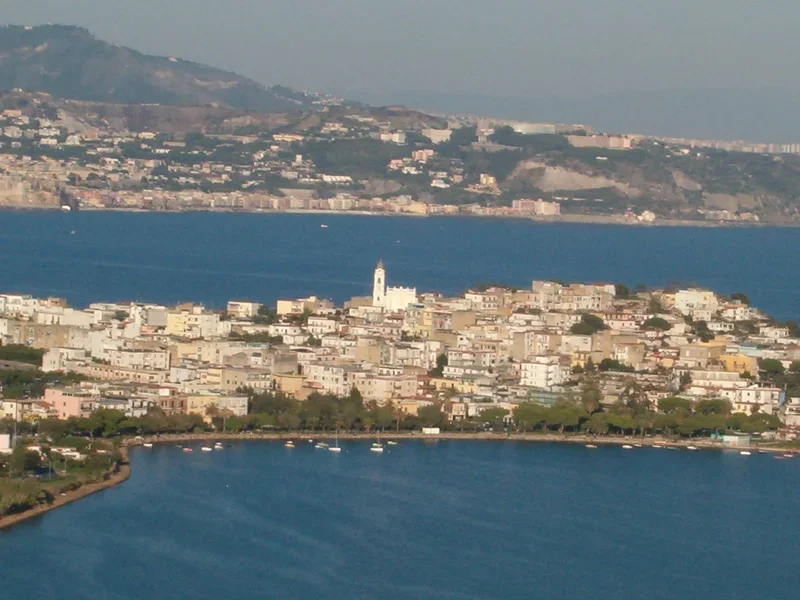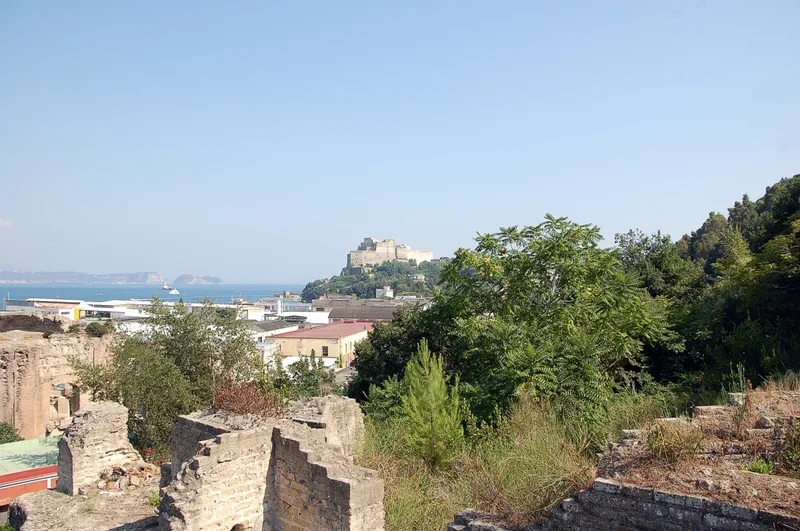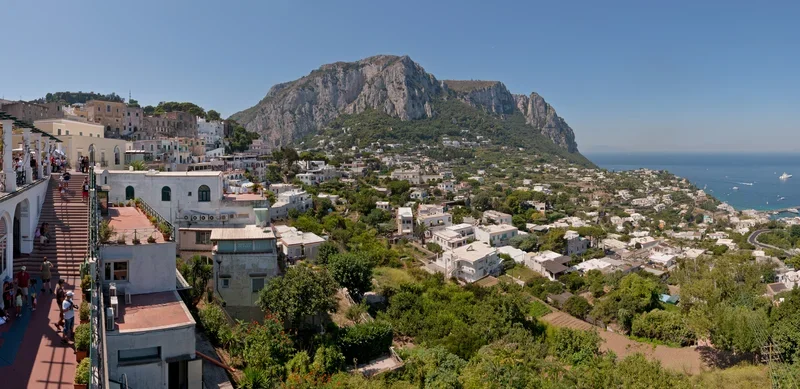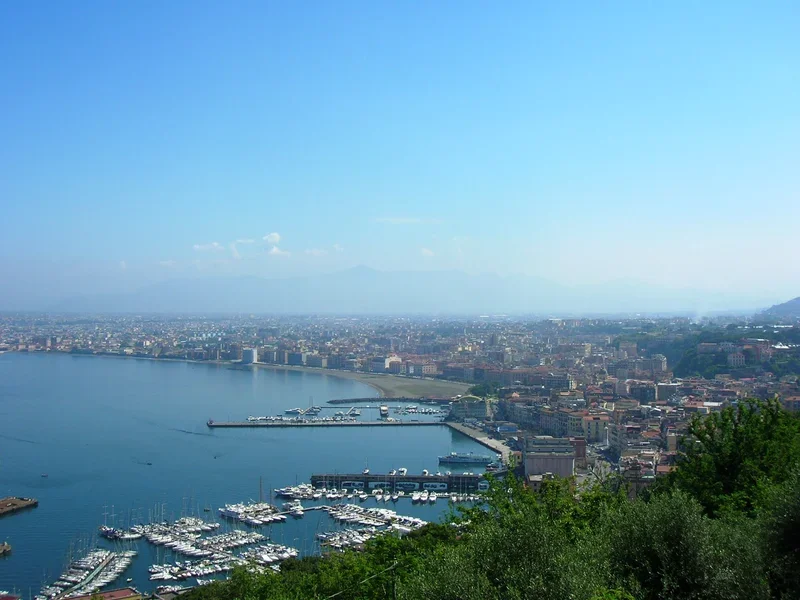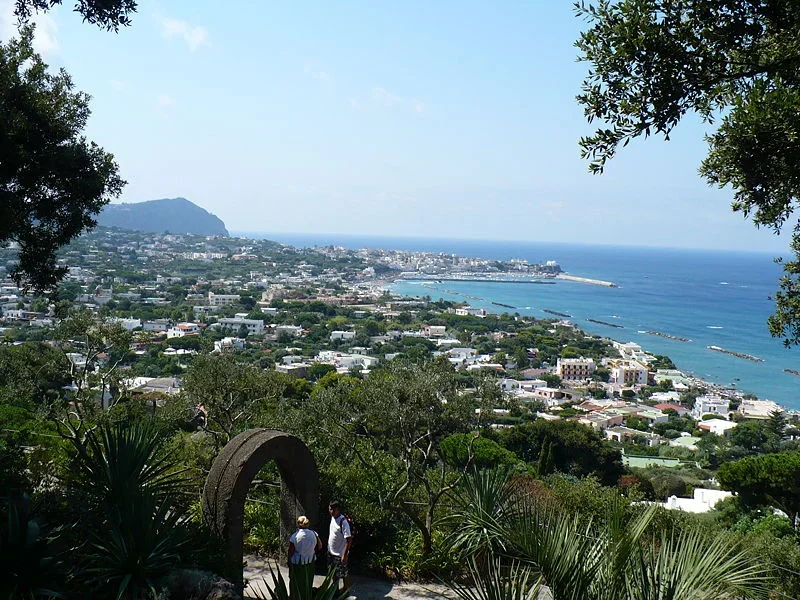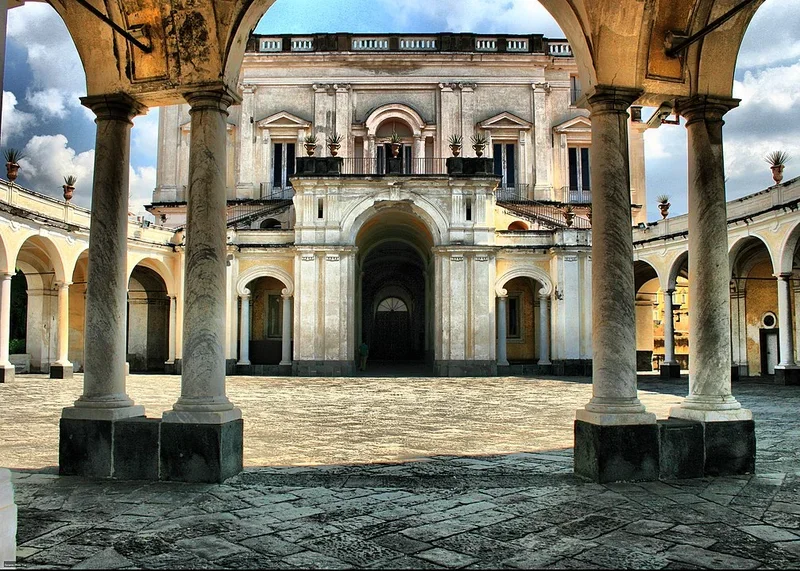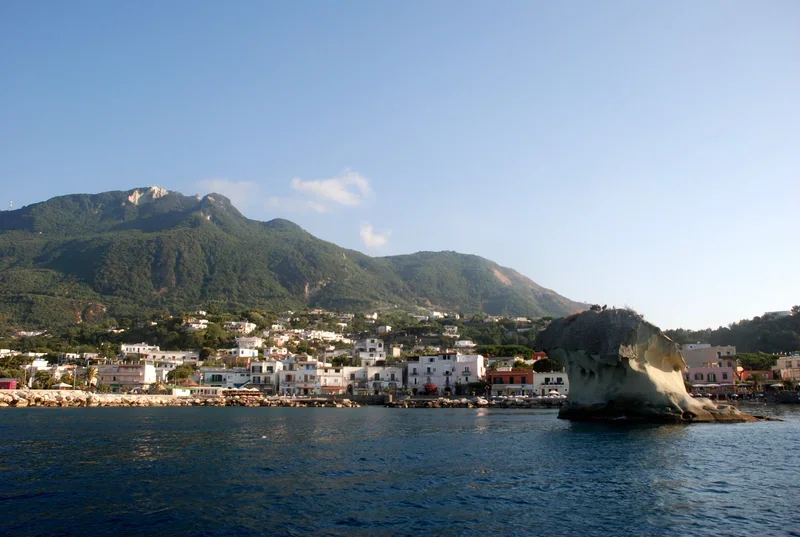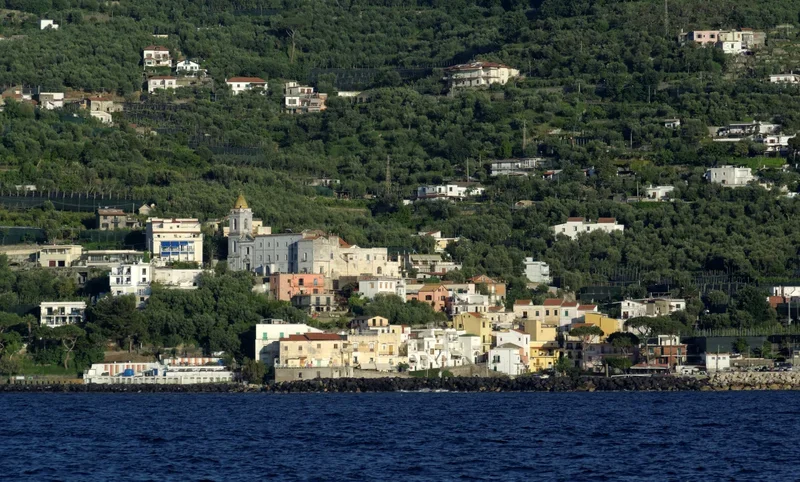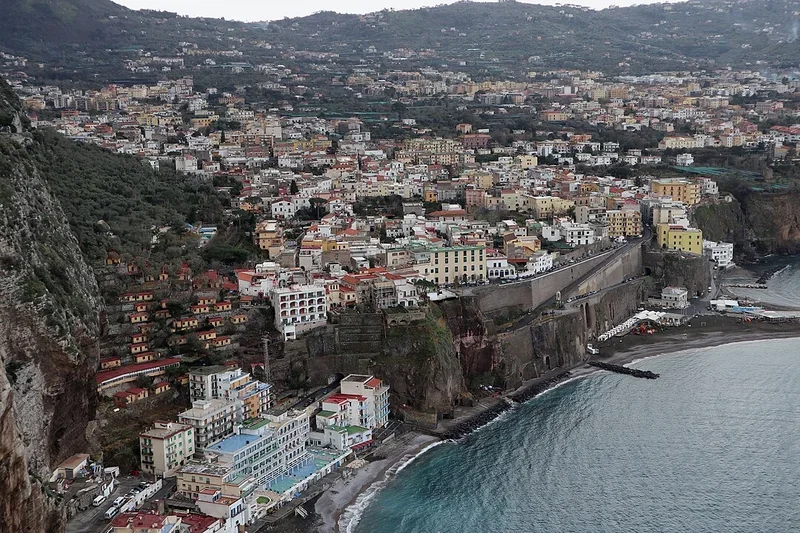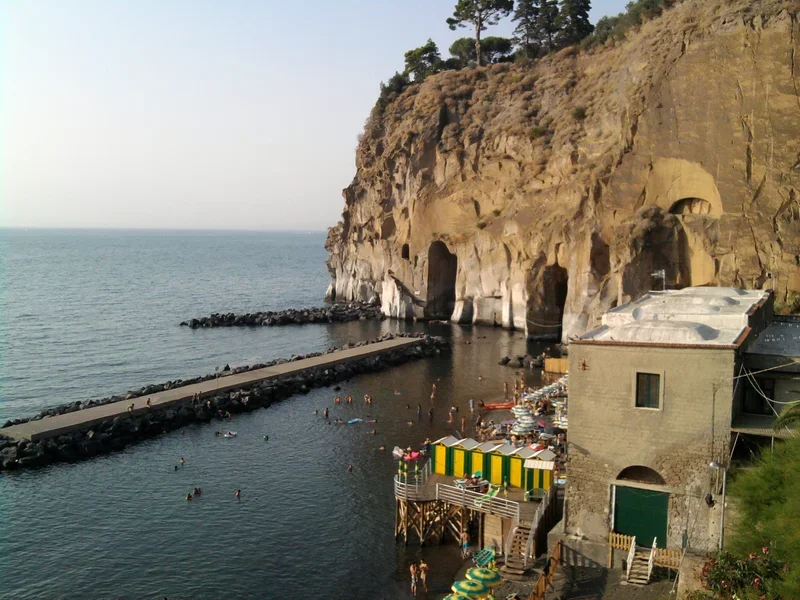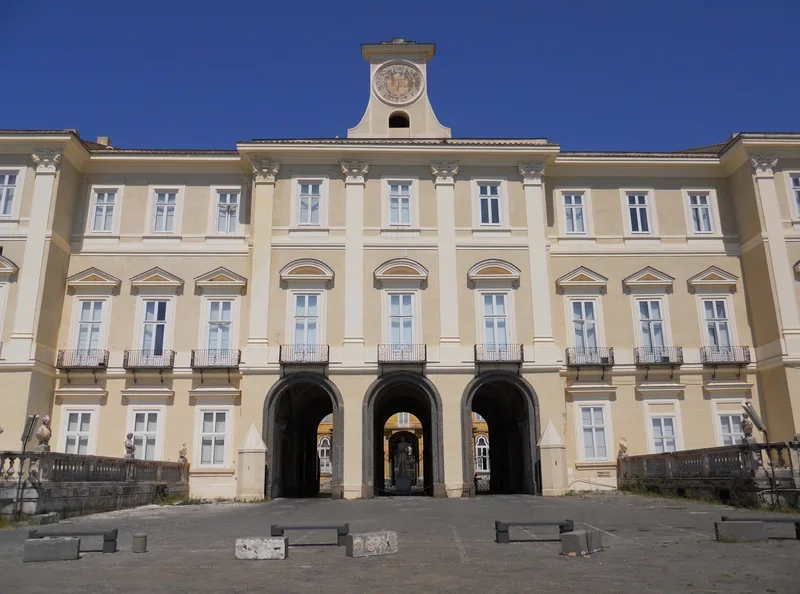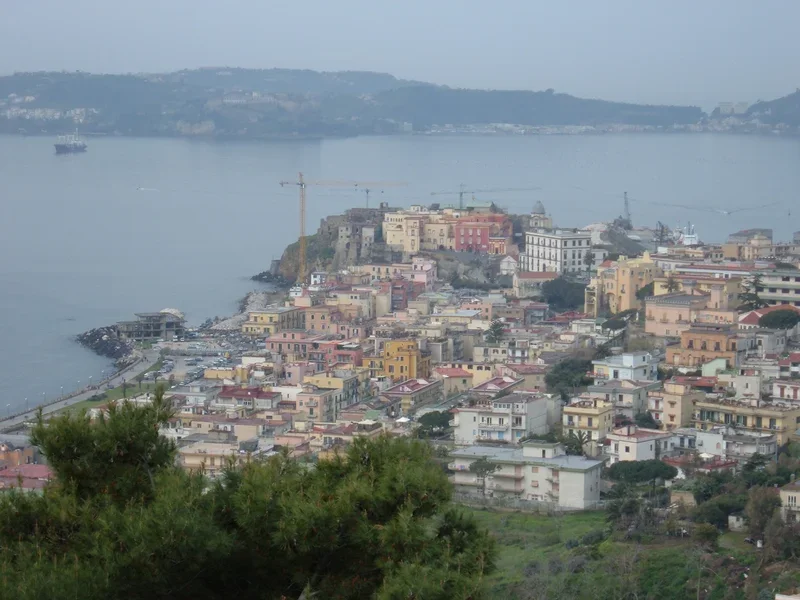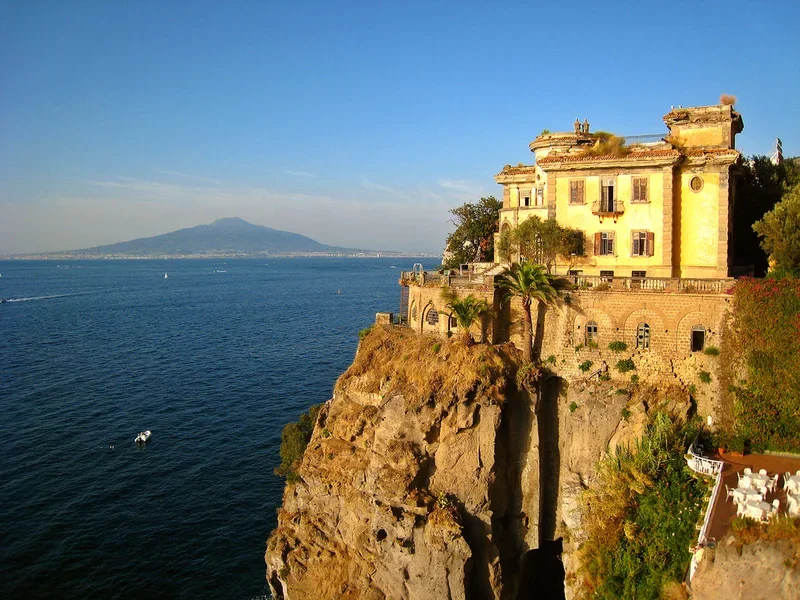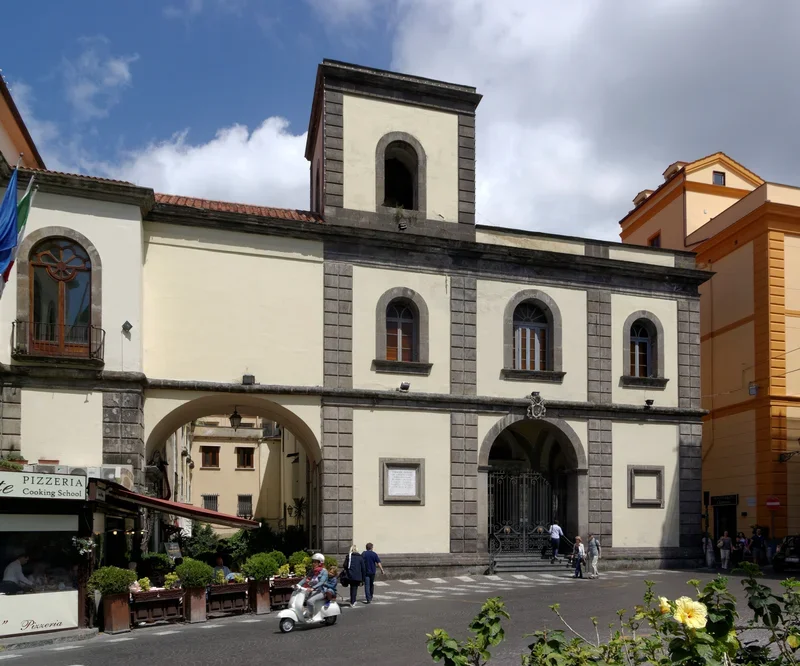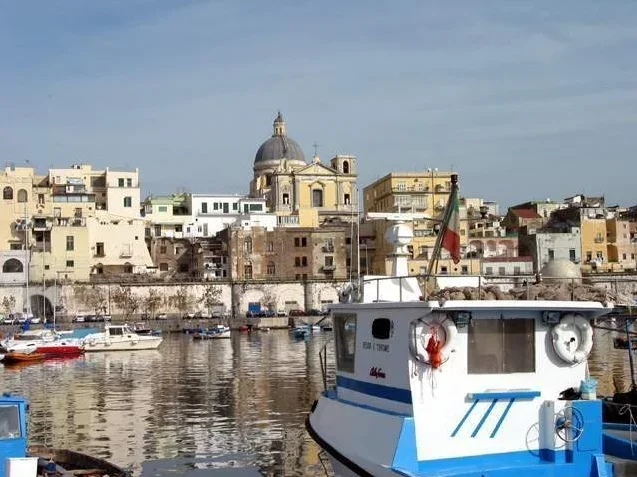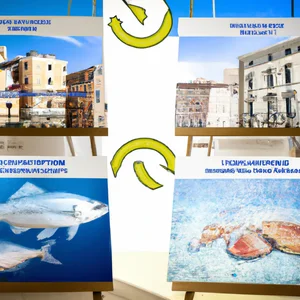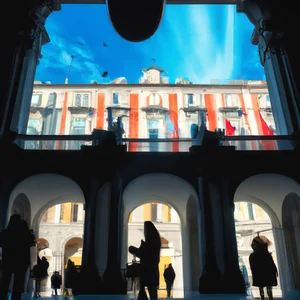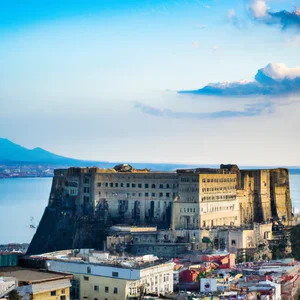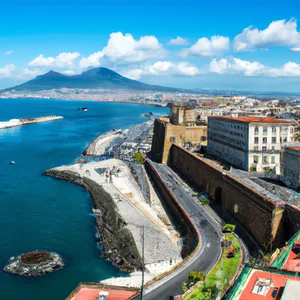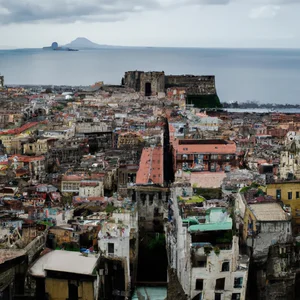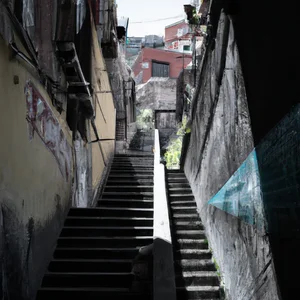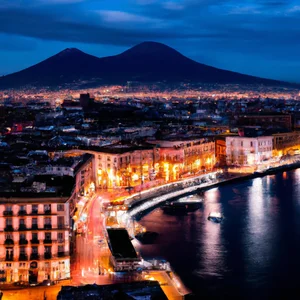Book your experience
Villa Pignatelli: a journey through history and culture in the ancient nineteenth-century residence in Naples
In the heart of Naples, among the crowded streets and lively markets, stands an architectural jewel that tells the story of a bygone era: Villa Pignatelli. This splendid residence, dating back to the 19th century, is a place where history and culture intertwine, offering visitors an immediate immersion in a past full of elegance and refinement. A visit to Villa Pignatelli is not only an opportunity to admire the architectural beauty and the well-kept gardens, but also represents a journey that takes us through the events of one of the most representative noble families of Naples, the Pignatellis.
The villa, with its fascinating history and intricate decorations, is an emblematic example of the neoclassical style, with interiors that evoke the luxury and sumptuousness of a time when the Neapolitan nobility lived in a context of great splendor. Each room tells a story, each work of art kept within its walls is testimony to an era in which aesthetics and culture were at the center of daily life.
In this article, we will explore ten fundamental aspects of Villa Pignatelli, starting from its history and foundation, passing through the deep bond of the Pignatelli family with the city of Naples, up to the precious art collections and cultural events that animate the villa . We will also discover the enchanting outdoor spaces, such as the garden, and the Carriage Museum, a unique attraction that further enriches the visit experience. Finally, we will provide all the useful information to plan an unforgettable visit to this extraordinary example of cultural heritage. Villa Pignatelli is not just a historic residence, but a place that continues to live and tell the stories of Naples, inviting everyone to discover its beauty and charm.
History and foundation of Villa Pignatelli
Historical origins
Villa Pignatelli is one of the most prestigious historic homes in Naples, located in the Chiaia district. The villa was built in the 19th century at the behest of the Pignatelli family, one of the most important noble families in the city. The construction of the villa began in 1826 and was completed in 1830, designed by the architect Luigi Gazzola.
The Pignatelli family
The Pignatelli family has ancient roots and a long tradition linked to the history of Naples. The Pignatellis were one of the most influential noble families in the city, with great wealth and political power. The villa was the residence of some members of the family, including Prince Diego Armando Pignatelli Cortes, who purchased it in 1867 and transformed it into a sumptuous aristocratic residence.
Cultural heritage
Villa Pignatelli was declared a national monument in 1952 and today is open to the public as a museum, preserving the original furnishings and art collections of the Pignatelli family intact. The villa represents a true treasure chest of history and culture, testifying to the art and taste of the time.
The Pignatelli family and their connection with Naples
Origins of the Pignatelli family
The Pignatelli family is one of the oldest and most illustrious noble families in Naples, with origins dating back to the Middle Ages. Their name derives from the term "pine cone", a symbol of fertility and prosperity, and their coat of arms depicts a golden pine cone on a blue background.
The Pignatellis have been protagonists in the history of Naples since the 15th century, covering roles of great political, military and cultural importance. Among the most illustrious members of the family there were cardinals, ambassadors, ministers and viceroys, who contributed to the greatness and prosperity of the city.
The connection with Naples
The Pignatellis have always had a deep connection with Naples and its culture. They supported artists, writers and intellectuals, contributing to the valorization and diffusion of Neapolitan art and culture. The family also played an important role in promoting artistic patronage, collecting highly valuable works of art and furnishings.
Villa Pignatelli, the family's historic residence, is a precious treasure chest of history and art, which testifies to the Pignatellis' love and passion for beauty and culture. Visiting the villa means immersing yourself in a world of elegance and refinement, where the past merges with the present in a unique and evocative atmosphere.
Architecture and design of the villa
History and foundation
Villa Pignatelli is an elegant neoclassical palace located in the heart of Naples, built in the 19th century as the summer residence of the Pignatelli family. The villa was designed by the Neapolitan architect Pietro Valente and completed in 1826. Its architecture is inspired by the principles of neoclassicism, with clean lines, perfect symmetries and refined decorations.
Design of the villa
The design of Villa Pignatelli is characterized by elegant architectural details, such as the Doric columns that adorn the facade, the porticoes that surround the internal courtyard and the classical statues that decorate the garden. The interiors of the villa are furnished with period furniture and precious works of art, which give the rooms an atmosphere of luxury and refinement.
One of the focal points of the villa is the main hall, with its frescoed ceiling, marble floors and impressive inlaid wooden doors. The rooms are decorated with stucco, paintings and refined tapestries, which reflect the sophisticated taste of the Pignatelli family.
The design of the external spaces of Villa Pignatelli is equally evocative, with a large Italian garden enriched with fountains, sculptures and flower beds. Guests can stroll among the tree-lined paths, enjoying an oasis of tranquility in the heart of chaotic Naples.
The interiors: a journey between luxury and refinement
Description of the interiors of Villa Pignatelli
The interiors of Villa Pignatelli are a true treasure chest of luxury and refinement, which tell the story and the splendor of the noble family who lived there. Upon entering the villa, you are greeted by elegant halls furnished with period furniture, crystal chandeliers and precious works of art. The rooms are richly decorated with stucco, frescoes and fine tapestries, which give the environment an atmosphere of great elegance and refinement.
The bedrooms are furnished with impressive beds and sumptuous curtains, while the dining rooms and living rooms are embellished with inlaid wooden tables, gilded mirrors and embroidered armchairs. Every detail of the interiors of Villa Pignatelli has been treated with extreme attention, to create an evocative and unique environment.
One of the points of greatest interest is certainly the Ballroom, a sumptuous and majestic environment which still retains all its original splendor today. Here you can admire elegant Murano glass chandeliers, golden mirrors and frescoes depicting scenes of celebration and joy. The Ballroom is the beating heart of the villa, the place where the parties and social events of the Neapolitan nobility took place.
Visiting the interiors of Villa Pignatelli means taking a journey through time, immersing yourself in the beauty and elegance of a bygone era, and being fascinated by the majesty of a historic residence that still retains all its ancient splendor today.
The garden and outdoor spaces
The garden:
The garden of Villa Pignatelli is one of the most beautiful and evocative in Naples. It occupies a vast area of approximately two and a half hectares, and offers a splendid view of the bay and Vesuvius. The garden is characterized by a large variety of plants, centuries-old trees, fountains and sculptures, which create an atmosphere of peace and tranquility ideal for a walk in the open air.
The external spaces:
The outdoor spaces of Villa Pignatelli also include various evocative environments, such as the honor courtyard, the lemon house and the panoramic terrace. The courtyard of honor, with its portico and central fountain, is the main entrance to the villa and welcomes visitors with its elegance. The lemon house, on the other hand, is a suggestive and bright environment, used for events and temporary exhibitions. Finally, the panoramic terrace offers a breathtaking view of the city of Naples and the Gulf, which leaves anyone who visits breathless.
The art collections and historic furnishings
The art collections:
Villa Pignatelli boasts a rich art collection ranging from the 16th to the 19th century. Among the most important works you can admire paintings by renowned artists such as Luca Giordano, Salvator Rosa, and Francesco De Mura. Furthermore, the villa houses a valuable collection of porcelain, ceramics and decorative art objects, which testify to the taste and refinement of the owners over the centuries.
Historical furnishings:
The interiors of Villa Pignatelli are furnished with period furniture, embroidered tapestries and crystal chandeliers, which create an atmosphere of luxury and charm. The sumptuously decorated halls and richly furnished rooms offer visitors the opportunity to immerse themselves in the aristocratic atmosphere of nineteenth-century Naples. The historic furnishings have been carefully restored and preserved to preserve their original splendor and allow visitors to relive the splendor of a bygone era.
Cultural events and temporary exhibitions
Cultural events
Villa Pignatelli is a place that hosts numerous cultural events throughout the year. Among the most important initiatives are conferences, concerts, book presentations and film screenings. These events are organized with the aim of promoting culture and art, offering the public the opportunity to participate in moments of great interest and cultural value.
Temporary exhibitions
One of the main attractions of Villa Pignatelli are the temporary exhibitions that are set up inside the villa. These exhibitions offer the public the opportunity to admire works of art of great value, coming from private collections and internationally renowned museums. Temporary exhibitions are often dedicated to contemporary artists or topics of particular historical or cultural interest.
You can consult the official website of Villa Pignatelli to find out the calendar of cultural events and temporary exhibitions scheduled and to obtain more information on how to participate.
The Carriage Museum
A journey into the past between elegance and history
One of the most fascinating elements of Villa Pignatelli is certainly the Carriage Museum, a real treasure that allows us to take a journey into the past and immerse ourselves in the atmosphere of a bygone era. This museum houses a collection of carriages and carriages dating back to the 19th century, belonging to the Pignatelli family and other Neapolitan noble families.
The carriages on display are true masterpieces of craftsmanship, richly decorated and made with precious materials. Each carriage tells a story, showing us how the nobility of the time was lived, with elegance and refinement.
Visiting the Carriage Museum is a unique experience, which allows us to completely immerse ourselves in the life of the past, to admire the mastery of the craftsmen who made them and to better understand the society of the time. Thanks to the exhibitions and captions present, we can learn a lot about the history and art of the carriages, discovering fascinating details that help us better understand the context in which they were created.
Restorations and conservation
Restorations:
Villa Pignatelli has been the subject of various restoration interventions over the years, in order to preserve its beauty and historical importance. One of the most significant restorations took place in the 1980s, when the villa was brought back to its former splendor thanks to the commitment of the Pignatelli family and local institutions.
Storage:
The conservation of Villa Pignatelli is entrusted to a team of experts who constantly monitor the state of conservation of the interiors, furnishings and garden. Thanks to careful maintenance and restoration work, the villa is today one of the jewels of Neapolitan architecture and an important place of cultural interest for visitors.


